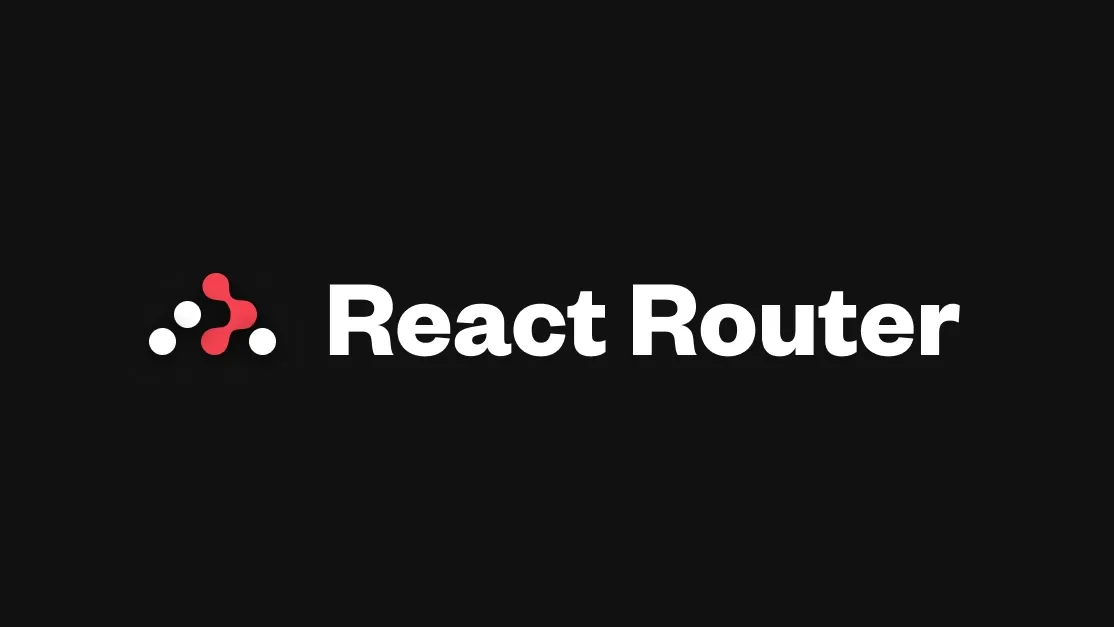
A user‑obsessed, standards‑focused, multi‑strategy router you can deploy anywhere
Stories
React Router is the official routing library for React, empowering developers to build single-page applications (SPAs) with smooth, dynamic navigation — all without reloading the page.
It allows you to define routes, manage URL parameters, and render nested layouts effortlessly, making it the foundation for modern React apps.
It allows you to define routes, manage URL parameters, and render nested layouts effortlessly, making it the foundation for modern React apps.
💡 React Router: “Modern routing for modern web.”
🧭 Development History
📌 2014 – Created by Michael Jackson and Ryan Florence to simplify navigation in React.
📌 2016 – Version 4 introduced a component-based architecture, treating routes as React components.
📌 2021 – Version 6 launched with a simplified API, introducing nested routes, data loaders, and action handlers.
📌 2023 – Present – React Router v7 (beta) and React Router Framework aim to evolve into a full meta-framework for building React apps.
📌 2016 – Version 4 introduced a component-based architecture, treating routes as React components.
📌 2021 – Version 6 launched with a simplified API, introducing nested routes, data loaders, and action handlers.
📌 2023 – Present – React Router v7 (beta) and React Router Framework aim to evolve into a full meta-framework for building React apps.
🌟 Key Features
🧩 Component-Based Routing – Every route is a React component, making it modular and easy to test.
🔁 Nested Routes – Build complex UI hierarchies naturally.
⚡ Client & Server Rendering – Works seamlessly with SSR, SSG, and SPA.
📡 New Data API (v6.4+) – Use loader, action, and defer() for data-driven apps like Remix.
🔗 Dynamic URLs & Params – Powerful support for dynamic routing.
🎨 Smooth Transitions – Perfectly integrates with Framer Motion or React Transition Group.
🌍 Cross-Platform Support – Includes react-router-native for React Native.
🔁 Nested Routes – Build complex UI hierarchies naturally.
⚡ Client & Server Rendering – Works seamlessly with SSR, SSG, and SPA.
📡 New Data API (v6.4+) – Use loader, action, and defer() for data-driven apps like Remix.
🔗 Dynamic URLs & Params – Powerful support for dynamic routing.
🎨 Smooth Transitions – Perfectly integrates with Framer Motion or React Transition Group.
🌍 Cross-Platform Support – Includes react-router-native for React Native.
💡 Why Choose React Router?
✅ Official & battle-tested – The standard routing solution for React.
✅ Highly compatible – Works with Vite, Next.js, Remix, or CRA.
✅ Modern API design – Clean, flexible, and future-proof.
✅ Server-side ready – Built-in support for SSR and streaming.
✅ Massive community – Extensive docs, tutorials, and open-source support.
✅ Highly compatible – Works with Vite, Next.js, Remix, or CRA.
✅ Modern API design – Clean, flexible, and future-proof.
✅ Server-side ready – Built-in support for SSR and streaming.
✅ Massive community – Extensive docs, tutorials, and open-source support.


Comment